Why is the hot water flow so weak? Here's the big reveal!
Before tackling the issue of low hot water output, let's run a quick diagnostic on your water purifier to pinpoint the root cause. Only by identifying the problem can we apply the right solution!

Thermostat Misconfiguration: Think of the thermostat as the water purifier's “temperature manager.” If it's set too low, the heater will produce less hot water—just like setting your AC too low reduces cooling output. If the default setting is 80°C but you accidentally set it to 50°C, both hot water output and flow rate will plummet.
Clogged Piping: Over time, the hot water pipes in a water purifier can become like neglected home drains—prone to blockages from impurities and mineral deposits. These “minor nuisances” obstruct the flow of hot water, causing it to diminish. This issue is particularly severe in areas with hard water, where mineral buildup is more pronounced, increasing the likelihood of pipe blockages.
Insufficient Inlet Water Pressure: Inlet water pressure acts as the “little motor” driving water flow through the purifier. If pressure is inadequate, much like a car lacking power, the purifier cannot draw sufficient water volume, naturally affecting hot water output. Residents of high-rise buildings or older neighborhoods often encounter this issue. With inherently low tap water pressure, the purifier's filtration process further reduces hot water flow.
Heating element malfunction: The heating element is the “key player” in producing hot water. If it ages or breaks down, it can't heat water efficiently, leading to reduced hot water output. It's like when the heating coil in an electric kettle fails—water struggles to boil.
Flow restrictor issues: Some water purifiers include flow restrictors for water conservation or safety reasons. While these control water flow, improper settings can cause insufficient hot water output. For instance, if the restrictor's orifice is too small, hot water may only trickle out drop by drop.
Solution 1: Check the thermostat and temperature settings
Thermostat Inspection Tips: Thermostat locations and inspection methods vary by brand and model. Typically, locate the control panel and check for temperature display/adjustment buttons. Mechanical thermostats usually feature a rotary knob marked with temperature scales. For example, on some mechanical thermostat models like Lishui, turning the knob on the unit body adjusts water temperature. Try turning it to assess smoothness, checking for any sticking, jamming, or looseness. If it feels stuck, internal components may be faulty—further inspection or professional repair is needed.
Electronic thermostats are usually integrated into the control panel, allowing temperature adjustment via buttons or touchscreen. In this case, carefully observe whether the temperature display on the control panel is functioning correctly—look for garbled characters or blank displays. Some premium Haier water purifiers allow remote temperature adjustment via a mobile app. Use the app to check thermostat status. If the app fails to connect or displays errors, the thermostat likely malfunctions.
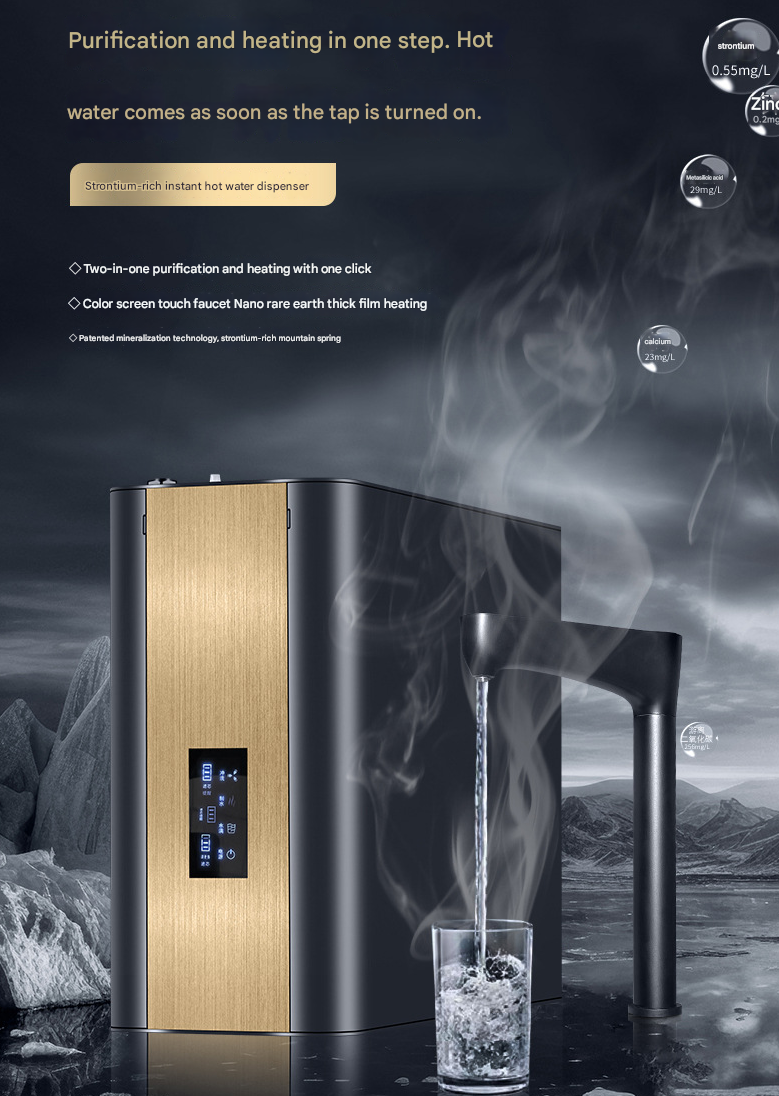
Temperature adjustment tip: If the thermostat's set temperature feels too low, increase it slightly. Most water purifiers offer temperature settings between 40°C and 100°C. Take a popular Midea water purifier model as an example: its control panel features “+” and “-” buttons for temperature adjustment. Press the “+” button to gradually increase the temperature by about 5°C increments. Wait a few minutes after each adjustment to observe if the hot water flow increases. Avoid sudden large adjustments, as this may damage the heating element and risk scalding from excessively high temperatures. After adjusting, fill a cup with hot water and measure its actual temperature with a thermometer to verify if it matches the set temperature. Under normal conditions, the actual temperature should deviate by no more than ±5°C from the set temperature. If the deviation is too large, it indicates the thermostat may lack sufficient precision. Contact a professional repair technician for calibration or replacement.
Solution 2: Check if the pipes are clogged and clean them out
Quick tip for identifying pipe blockages: If you suspect a pipe blockage, first inspect the water purifier's exterior for any noticeable kinks or deformities in the tubing. If you find any creases in the pipes, that's likely why hot water isn't flowing through. Next, feel the pipes to check temperatures at different points. If one section feels noticeably cooler, it's likely blocked—hot water can't pass through, and heat transfer is blocked. Additionally, listen for water flow sounds inside the pipes. Under normal conditions, the flow should be continuous and steady. If you hear intermittent, gurgling sounds—like a growling stomach—it indicates debris may be obstructing the hot water flow within the pipes.
Safe and Effective Pipe Cleaning Method: If you confirm a blockage, proceed with cleaning. If the pipe is removable, first turn off both the power supply and water source to the water purifier. Then carefully detach the pipe from the purifier. For example, in certain Qinyuan water purifiers, the pipe connectors feature a push-to-release design. Gently press the clips on both sides of the connector to detach the pipe. Place the pipe under a running tap and rinse it thoroughly with clean water. You can also use a soft-bristled brush or a thin wire to gently dislodge any impurities or scale buildup inside the pipe. However, be careful not to apply excessive force, as this could damage the pipe.
If scale buildup is stubborn and won't rinse away, use a specialized water purifier tubing cleaner. Many brands are available, such as Midea's dedicated tubing cleaner. Mix the cleaner with water according to the instructions, then soak the tubing in the solution for 30 minutes to 2 hours, depending on the severity of the blockage. After soaking, thoroughly rinse the pipes with clean water to ensure no cleaner residue remains. If the pipes cannot be removed, use a flushing method. Close the hot water outlet of the water purifier, open the cold water inlet, and allow a large volume of cold water to flush the pipes in reverse. The force of the water flow will dislodge impurities and scale. During flushing, you may open other water outlets on the purifier to create water circulation, enhancing the cleaning effect. However, this method may not completely clear all blockages. For severe clogs, it is advisable to seek professional assistance.
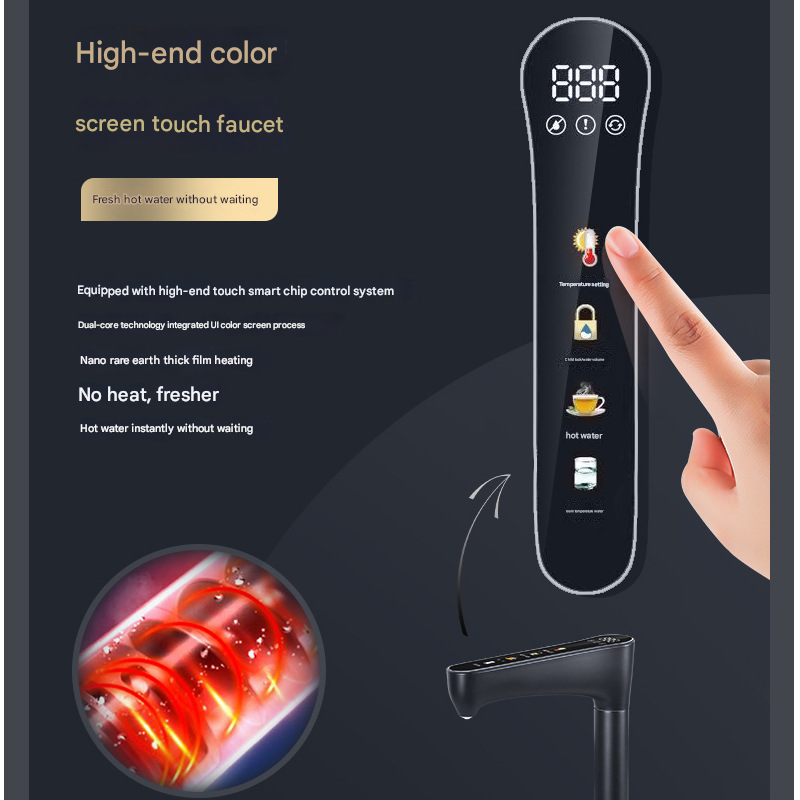
Solution 3: Addressing Inlet Water Pressure Issues
Quick Tip for Testing Inlet Pressure: To check inlet pressure, first prepare a suitable water pressure gauge. Both analog and digital gauges are available; digital gauges offer clearer readings and are recommended. Connect the pressure gauge to the water purifier's inlet pipe, typically at the tee joint near the inlet port. First, close the water inlet valve of the purifier. Then, screw the pressure gauge connector into the reserved port of the tee fitting, ensuring a tight seal to prevent leaks. Open the main water valve to allow water to flow into the pressure gauge. The reading displayed on the gauge indicates the inlet water pressure. Under normal conditions, the water purifier's inlet pressure should be between 0.1 and 0.5 MPa. For example, your Xiaomi water purifier requires an inlet pressure within this range. If the measured inlet pressure is below 0.1 MPa, it indicates insufficient pressure, and you'll need to find a solution.
Practical Solution for Boosting Inlet Pressure: If the inlet pressure is genuinely low, installing a booster pump is an effective solution. A booster pump acts like a “boost” for the water flow to the purifier, increasing inlet pressure and ensuring smoother hot water delivery. When selecting a booster pump, determine its power and model based on your household's actual water consumption and the purifier's requirements. If your household has many members and high water usage, opt for a booster pump with greater power. Install the booster pump on the water purifier's inlet pipe, ideally near the water source for optimal pressure enhancement. Ensure the installation location remains dry and well-ventilated to prevent moisture damage. Additionally, inspect the inlet pipe for blockages or kinks. Clogged pipes obstruct water flow like roadblocks, reducing inlet pressure. In such cases, clean the inlet pipe to remove obstructions. If the pipe is kinked, promptly adjust its routing to ensure a smooth path for water flow. For instance, some households install complex, winding inlet pipes for aesthetic reasons, which can reduce water pressure. Re-routing the pipes appropriately often restores pressure and increases hot water output.
Solution 4: Inspect the Heating Element
Preliminary Method to Detect Heating Element Failure: Before inspecting the heating element, always disconnect the water purifier's power supply to ensure safety. Open the purifier's casing and carefully examine the heating element's condition. If you notice obvious signs of scorching, deformation, or cracking on its surface, it is likely faulty. For instance, prolonged use may cause black scorch marks to appear on the surface—a clear indication of malfunction. Additionally, use a multimeter to measure the heating element's resistance value. Normal resistance varies by model, typically ranging from tens to hundreds of ohms. Consult the water purifier's manual to find the standard resistance range for the heating element, then measure it with the multimeter. If the measured resistance differs significantly from the standard value or reads infinite resistance, the heating element is likely faulty.
Repair and Replacement Guidelines: Due to electrical safety concerns, non-professionals should not attempt to repair or replace heating elements. Once a heating element failure is confirmed, promptly contact the water purifier's after-sales service technicians. These professionals possess specialized training, extensive repair experience, and appropriate tools to accurately diagnose the issue and select the correct replacement heating element. During replacement, technicians strictly adhere to operational procedures to ensure the new heating element is correctly installed and securely connected. Additionally, they will test the replaced heating element to verify that heating functionality has been restored and that hot water output meets standards. For example, after installing the new heating element, technicians will power on the water purifier to observe heating speed and hot water flow, ensuring the unit reliably provides sufficient hot water.
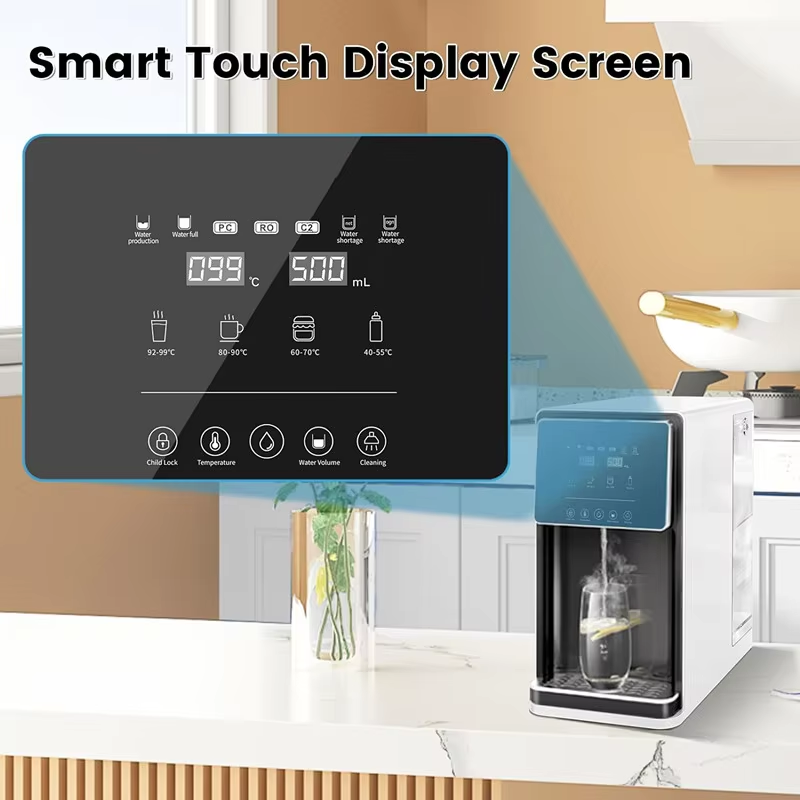
Solution 5: Check and Adjust the Flow Restrictor
Quick Tip: Don't Forget Routine Maintenance
Beyond addressing low hot water flow promptly, regular maintenance is crucial. Timely filter replacement is key—filters act as the “heart” of your purifier. Over time, impurities clog them, reducing filtration efficiency and affecting hot water output and flow rate. Different filter types require varying replacement intervals: - PP cotton filters: Replace every 3-6 months - Activated carbon filters: Replace every 6-12 months - RO reverse osmosis membrane filters: Replace every 2-3 years Always follow the manufacturer's instructions for timely replacement.
Additionally, develop the habit of regularly cleaning the purifier's exterior. Use a soft damp cloth to wipe away surface dust and stains, keeping the unit looking pristine. For areas prone to dirt, such as the water outlet and control panel, mild cleaners can be used—but avoid corrosive agents that may damage the housing.
Additionally, pay attention to the placement environment of the water purifier. Position it in a dry, well-ventilated area away from direct sunlight. This will extend the lifespan of the water purifier and reduce the occurrence of malfunctions.
Hopefully, the above information will help you resolve the issue of low hot water output from your water purifier, allowing you to enjoy clean, warm water whenever you need it! If you encounter any problems during operation, feel free to leave a comment below for discussion.
If your water purifier has low hot water output, don't panic. Follow the troubleshooting steps above one by one, and your purifier should soon regain its “vitality,” delivering hot water smoothly. If these methods don't resolve the issue, avoid tinkering on your own—contact the purifier's after-sales service immediately for professional assistance. Also, feel free to share your own tips and tricks for troubleshooting water purifier issues in the comments section. Your solution might just help other users facing the same problem!
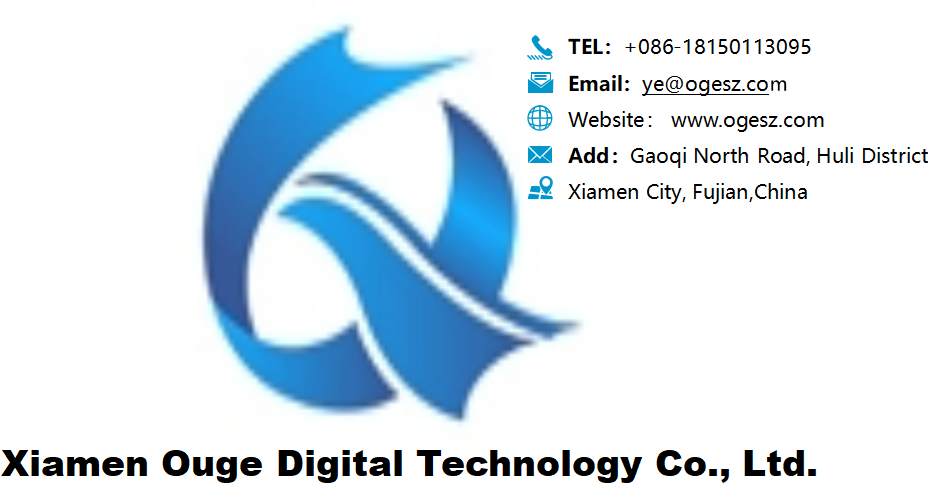
 Reverse Osmosis Technology for Wastewater Treatment: Understanding How RO Systems Operate
Reverse Osmosis Technology for Wastewater Treatment: Understanding How RO Systems Operate
 The “Magic” of Turning Seawater into Freshwater: Unveiling the Core Secrets of Reverse Osmosis Technology
The “Magic” of Turning Seawater into Freshwater: Unveiling the Core Secrets of Reverse Osmosis Technology
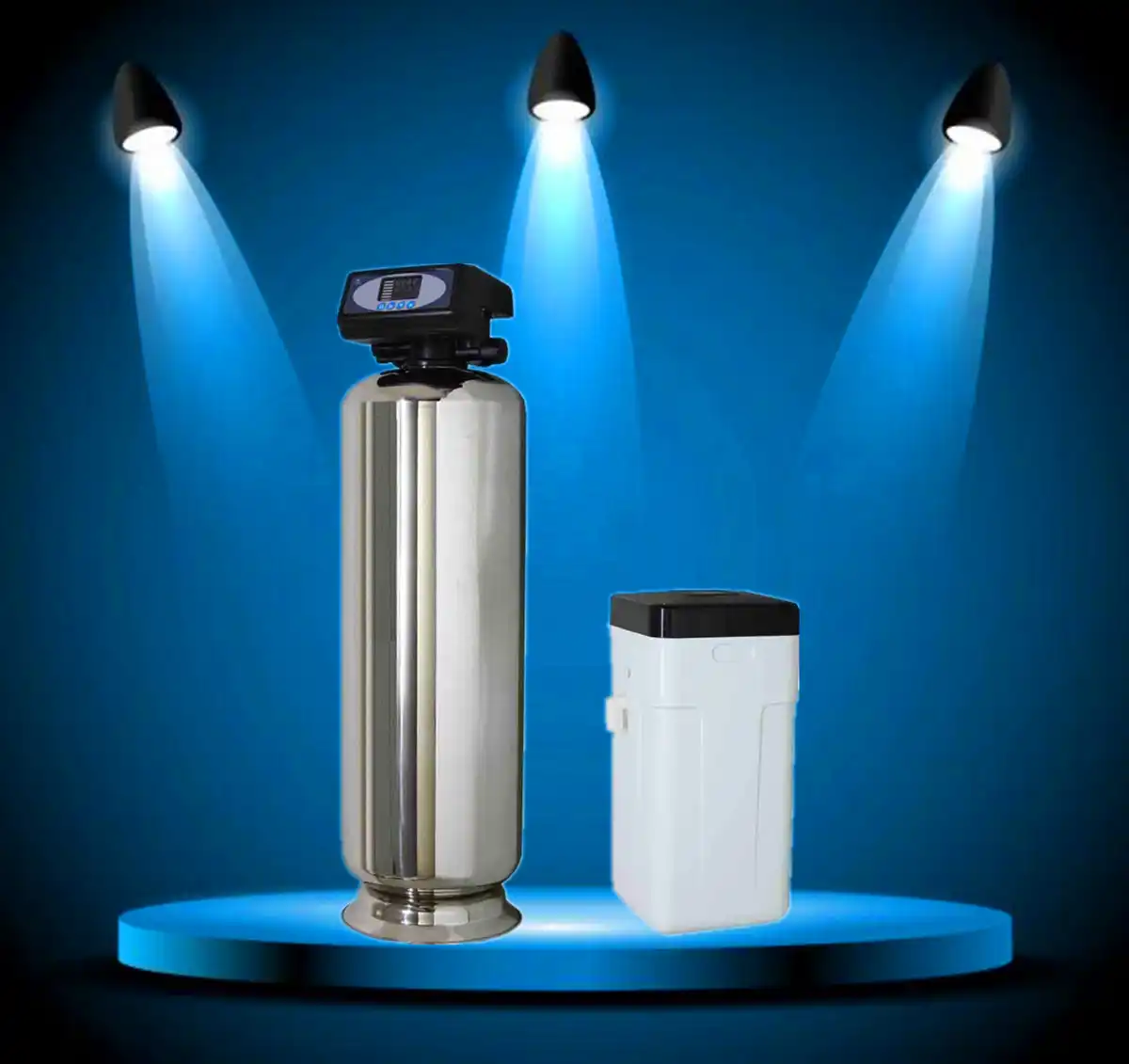 How to Choose Reliable Central Water Filtration and Water Softening Systems? Most People Get It Wrong!
How to Choose Reliable Central Water Filtration and Water Softening Systems? Most People Get It Wrong!
 In rural areas, where groundwater from wells is the primary water source, is it truly necessary to install water purification equipment?
In rural areas, where groundwater from wells is the primary water source, is it truly necessary to install water purification equipment?